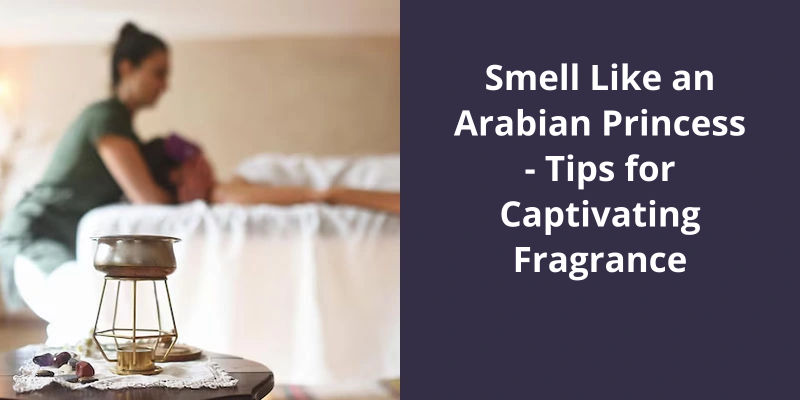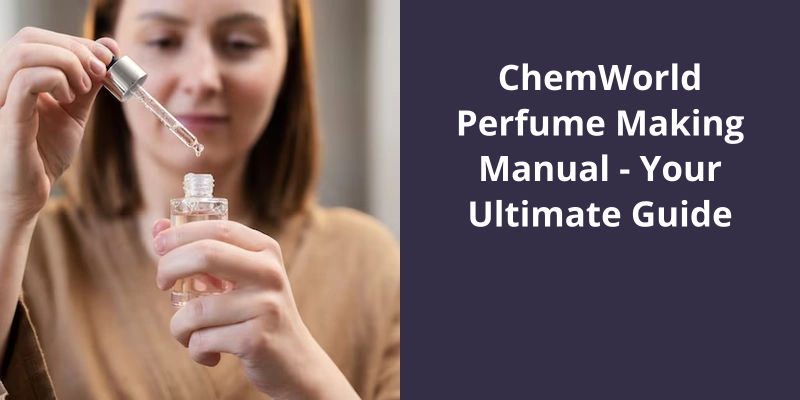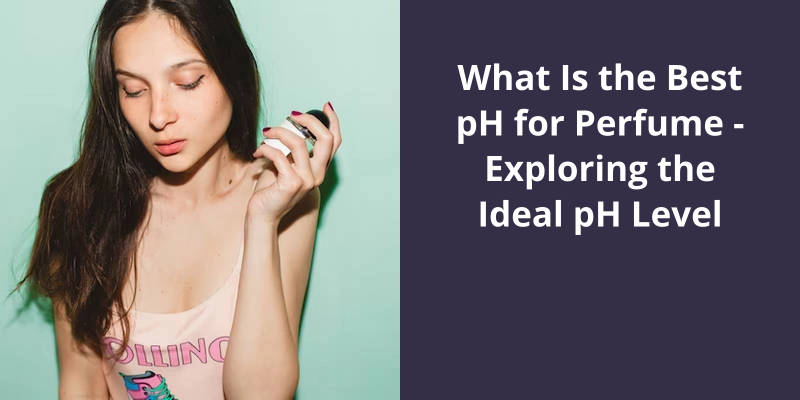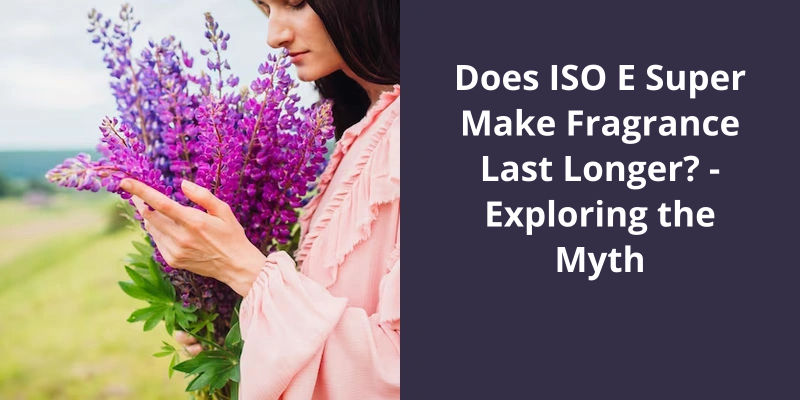To smell like an Arabian princess, you should choose exotic perfumes that carry the scent of the Middle East. Key aromas include scents like oud, saffron, myrrh, rose, and jasmine which are highly popular in this region. Layering different fragrances can also make the scent uniquely yours. Start with a base scent, such as musk or wood, then add middle notes like floral or spice. For the final touch, top notes like fruits or light floral give your perfume depth and complexity. It’s also essential to apply your perfume correctly: dab it on pulse points like your wrists, neck, and behind your ears. Remember, less is more; fragrances of the Middle East are often intense, so a little goes a long way.

What Is the Difference Between Arabic Perfume and Perfume?
The process of making Arabic perfumes is very different from most modern fragrances. The ingredients used in Arabic perfumes are all-natural, derived from a variety of plants, flowers, and other natural sources. These natural ingredients are carefully chosen to create a distinct and long-lasting fragrance that can linger on your skin for hours. This is in contrast to modern perfumes, which use synthetic fragrances that are often created in labs.
Arabic perfume is also known for it’s healing properties.
In many Arabic cultures, perfume is an important part of daily life. It’s seen as a way to show respect, hospitality, and generosity to others. It’s also often worn during religious ceremonies or important events. In contrast, perfume in the Western world is often seen as a luxury item or a fashion accessory.
Origins and History of Arabic Perfume
Arabic perfume has a long and rich history dating back thousands of years. The use of perfume in the Arab world has been mentioned in religious texts and poetry, and it’s importance in daily life and cultural traditions remains strong to this day. Over time, the creation and trade of Arabic perfume has become an art form, with various regions developing their own unique scents and techniques. Some of the most highly prized and sought after perfumes in the world are of Arabic origin.
When it comes to Arab scents, oudh and bukhoor are the most popular fragrances. While oudh perfume is made from the wood of agar, there are also other popular scents such as rose, jasmine, and musk. Let’s explore these scents further and discover what makes them so special.
What Is the Scent That Arabs Wear?
The oudh perfume, also known as Agarwood, has been a vital part of Arab culture for centuries. This particular scent originated from the wood of the agar tree, which is native to Southeast Asia. The tree produces a resin that’s dark, fragrant, and has medicinal properties. This resin is then distilled to create the fragrant oil that’s used in the production of oudh perfume.
The oudh scent is synonymous with luxury and is often worn on special occasions like weddings and religious festivals. The woodsy, musky, and slightly sweet scent is often described as potent, masculine, and mysterious. The perfume has become increasingly popular in recent years and is now being sold in mainstream perfume stores worldwide.
Aside from oudh, another popular fragrance in Arabia is Bukhoor. Bukhoor is essentially incense and a type of Arabic potpourri made of dried flowers, fragrant oils, spices, and wood chips. The mixture is then heated on charcoal, which releases a fragrance that fills the room. Bukhoor is often used during traditional Arab events and is said to have therapeutic and cleansing properties.
Rose and jasmine are often used in combination to create a sweet and floral fragrance that’s popular with women. Musk, on the other hand, is a scent that’s rich, animalistic, and slightly spicy. It’s often used in mens fragrances and is said to have an aphrodisiac effect.
The Arab scent culture is deeply rooted in history, tradition, and religion. The use of different fragrances isn’t only a means of personal expression but also a way to honor their cultural heritage. Arab fragrances are often considered more than just a scent; they’re symbols of luxury, refinement, and opulence. They’re a way to elevate ones status and leave a lasting impression.
Aside from the scent, another factor that people consider when choosing a perfume is it’s longevity. This is particularly true for Arabic perfumes, which are known for their strong and long-lasting scent. If you’re a fan of Arabic perfumes and want to know how to make them last longer, there are a few tips that can help you get the most out of your fragrance.
Do Arabic Perfumes Last Long?
It’s important to note that Arabic perfumes are designed to be pronounced and long-lasting.
When it comes to wearing Arabic perfumes, there are a few tips that can help you get the most out of your fragrance. Firstly, it’s important to consider the strength of the perfume before applying it. As mentioned, Arabic perfumes are typically more potent than Western perfumes, so it’s a good idea to start with a small amount and build up gradually if necessary.
Another tip is to apply your perfume to the pulse points on your body, such as your wrists, behind your ears, and on your neck. These areas generate heat, which helps to activate and amplify the scent of the perfume. Additionally, it’s best to avoid spraying perfume directly onto your clothes or hair, as it can damage the fabric or dry out your hair.
There are a wide range of scents available, from light and floral to heavy and musky, so take the time to explore different options and find one that resonates with you.
To get the most out of your perfume, it’s important to consider the concentration, apply it to pulse points, and choose a scent that suits your personal style.
Common Ingredients Used in Arabic Perfumes and Their Properties
- Oud: A fragrant resin extracted from the heartwood of a species of agarwood tree and is highly valued for it’s distinct woody aroma.
- Rose: A classic note in perfumery, rose oil is extracted from the petals of the rose flower and adds a sweet and floral scent to fragrances.
- Sandalwood: A popular ingredient in Middle Eastern perfumery, sandalwood oil has a warm and woody aroma and is believed to have calming and aphrodisiac properties.
- Musk: An animal-based perfume ingredient extracted from the musk deer, musk adds a sweet and earthy note to fragrances and has been used for centuries in Arabic perfumery.
- Amber: A fossilized resin derived from ancient trees, amber has a warm and resinous fragrance and is often used as a base note in perfumes.
- Frankincense: A resin extracted from the Boswellia tree, frankincense has a spicy and balsamic scent and is believed to have therapeutic properties.
- Myrrh: Another resin extracted from trees, myrrh has a warm and earthy scent and is known for it’s healing and cleansing properties.
- Jasmine: A fragrant flower often used in perfumery, jasmine has a sweet and floral scent and is believed to have calming and uplifting effects.
- Neroli: A fragrant oil extracted from the blossoms of the bitter orange tree, neroli has a sweet and citrusy scent and is used in perfumery for it’s uplifting properties.
Source: What’s Arabian Perfume and how to wear it? – Maison d’Orient
Conclusion
It’s a fragrance that leaves a powerful impression on all those who enter it’s aura, evoking a sense of grace and sophistication that’s rarely matched. From the deep and rich musk tones to the sweet floral and fruity notes, the fragrance of an Arabian princess lingers long after she’s left the room. It’s a scent that tells a thousand stories and transports us to a world of exotic beauty and enchantment.





